CSS
The language for styling web pages
CSS Tutorial
CSS Tutorial: Enhance Your Web Pages with Styling
CSS, or Cascading Style Sheets, is a cornerstone of web development. It is a language used to control the appearance of HTML elements on a webpage. With CSS, you can design visually appealing, responsive, and user-friendly websites.
What is CSS?
CSS stands for Cascading Style Sheets. It defines how HTML elements are displayed, allowing you to separate content from presentation. CSS makes websites aesthetically pleasing by controlling layouts, colors, fonts, and more.
Key Features of CSS
Styling and Layout Control
CSS helps in creating unique layouts and designs with features like grids, flexbox, and positioning.
Responsive Design
With CSS media queries, you can create web pages that adapt to different screen sizes and devices.
Efficiency
CSS reduces code duplication by defining styles in reusable stylesheets.
Animation and Transitions
CSS allows you to add dynamic effects and animations to web elements.
Types of CSS
Inline CSS
Applied directly within HTML tags using the style attribute.
Internal CSS
Defined within a <style> tag inside the <head> section of an HTML document.
External CSS
Written in separate .css files and linked to the HTML document for global styling.
How to Use CSS?
Follow these steps to start using CSS:
Step 1: Link CSS File
Create an external .css file and link it using the <link> tag in your HTML document.
Step 2: Write CSS Rules
Define selectors and apply properties like color, font-size, and margin to style elements.
Step 3: Test and Debug
Use browser developer tools to test and adjust your CSS for a perfect design.
FAQs
What is CSS used for?
CSS is used to style HTML elements, defining how web pages look and feel, including layouts, colors, and fonts.
What are the benefits of external CSS?
External CSS allows you to apply consistent styles across multiple web pages, improving maintainability and reducing redundancy.
What is the difference between CSS and HTML?
HTML provides the structure of a webpage, while CSS defines its style and layout.
Can CSS be used with JavaScript?
Yes, JavaScript can manipulate CSS properties dynamically to create interactive web designs.
How can I learn CSS effectively?
Practice by creating real-world projects, experimenting with different properties, and learning advanced techniques like flexbox and grid.

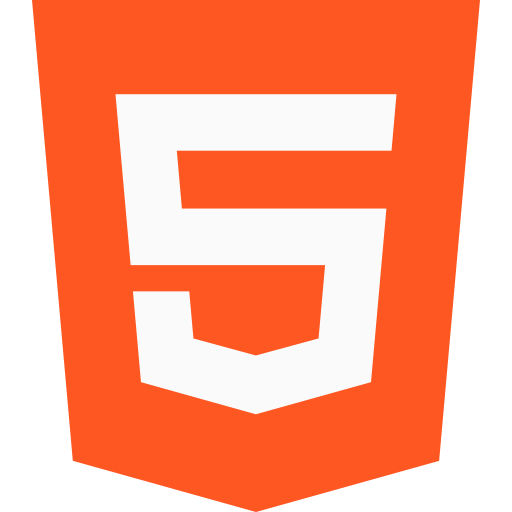 HTML
HTML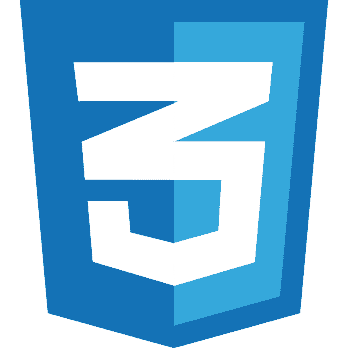 CSS
CSS Javascript
Javascript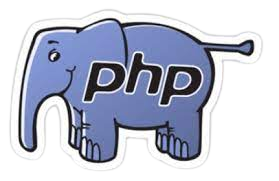 PHP
PHP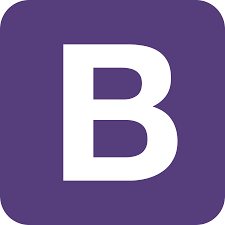 Bootstrap
Bootstrap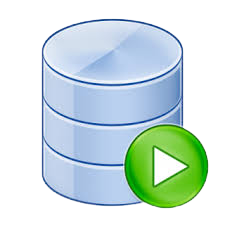 SQL
SQL Jquery
Jquery Codeigniter
Codeigniter Machine Learning
Machine Learning